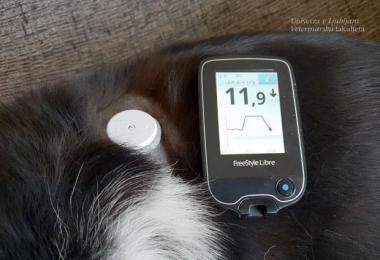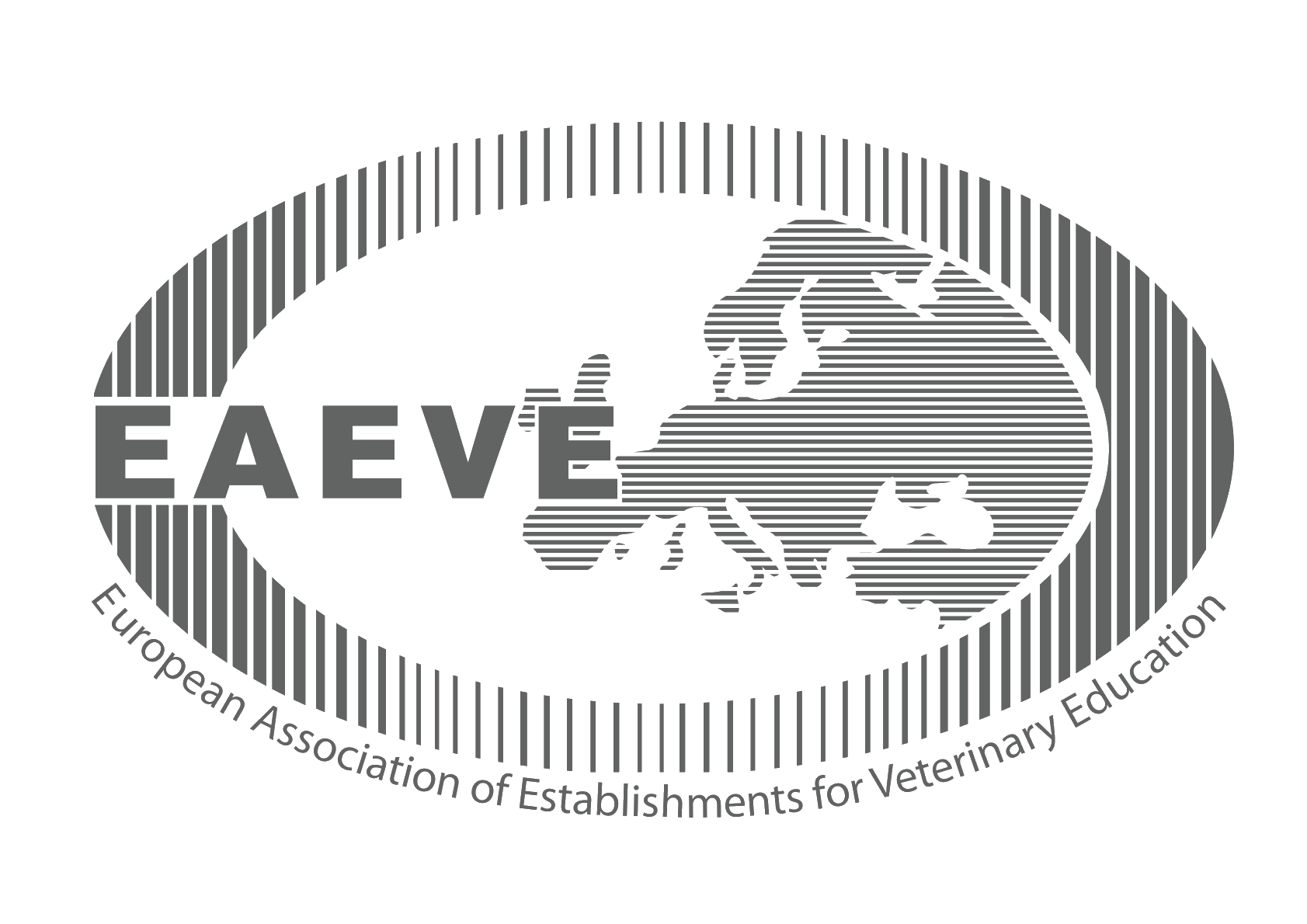Subscribe to our service announcements and helpful tips.
Molecular characterization of BILF1 receptor orthologues

Epstein-Barr virus-encoded BILF1 orthologues from porcine lymphotropic herpesviruses display common molecular functionality.
Epstein-Barr virus (EBV; γ-herpesvirus) is an oncovirus, that is prevalent in approximately 95% of the world’s population and is a driving factor of numerous, mainly lymphoproliferative diseases. Despite the importance of EBV as a pathogenic and etiologic agent, there is still no vaccine or antiviral drug against the virus. One reason for this is that the virus has evolved many different strategies to avoid host immune system. One of these mechanisms is the expression of a viral G protein coupled receptor (vGPCR) BILF1 in the infected cells. vGPCRs are receptors that have been adopted by the host through years of coevolution and modified by the virus to serve its survival. vGPCRs also mimic the functional properties of endogenously expressed GPCRs. BILF1 encoded in EBV (EBV-BILF1) is known for its ability to downregulate surface expressed major histocompatibility complex I molecules (MHC-I) at the cell surface and cell transformation through constitutive Gαi activity. In addition to EBV, BILF1 is also encoded in three porcine γ-herpesviruses named porcine lymphotropic herpesviruses 1-3 (PLHV1-3). Based on the importance of PLHV1 in the development of post-transplant lymphoproliferative disease (PTLD), which resembles morphologic and histologic features of EBV driven human disease, pigs infected with PLHV1 were proposed as a model to study this disease and EBV driven pathogenesis. Lately, vGPCRs are drawing attention as drug targets for antiviral drugs based on their exclusive expression on infected cells and thereby possibility for specific targeting. The proposed porcine model would therefore allow the investigation of BILF1 as a drug target, which requires an in depth pharmacological characterization of the receptor. In our study, we have focused on characterization of BILF1 orthologues from all four viruses (EBV, PLHV1, PLHV2 in PLHV3) and comparison of their cellular localization, constitutive signaling, constitutive internalization and the ability to avoid host immune system. Using state of the art methodology, we have observed that these properties are conserved in all BILF1 orthologues. Some discrepancy was found in the ability to activate downstream transcription factors NFAT and NF-κB, which play important roles in tumour formation by other vGPCRs. Importantly, with our study we have shown progressive expression of PLHV1-BILF1 in tissue samples from PTLD diseased pigs, suggesting the importance of the receptor in the PTLD aetiology.
Original article published in: https://www.frontiersin.org/articles/10.3389/fendo.2022.862940/full
Authors: Maša Mavri, Valentina Kubale, Daniel P. Depledge, Jianmin Zuo, Christene A. Huang, Judith Breuer, Milka Vrecl, Michael A. Jarvis, Eva Jarc Jovičić, Toni Petan, Bernhard Ehlers, Mette M. Rosenkilde, Katja Spiess
Location
Gerbičeva 60
SI-1000 Ljubljana
Slovenija
Sample Reception
Samples are received at several locations throughout Slovenia. See where.
The veterinarian on duty
Emergency veterinary assistance for dogs and cats and a telephone number of constant readiness.
Library
A wide selection of domestic and foreign professional literature in the field of veterinary medicine and other sciences.
Main navigation
-
Education
- Informativni dan
- Why to become a veterinarian?
- Undergraduate Studies
- Postgraduate studies
- Pripravništvo
- Summer Schools
- Continuous education
- Professional Development
- International Activity
- Mednarodna dejavnost - Tuji študentje
- The Path to Creative Knowledge
- Tutoring
- Extracurricular Activities
- Career Centres
- Alumni
- Student organizations and societies
- Quality Assurance
- Clinics
- Diagnostics
- Dobrobit
- NVI
- Research
- About us
- Hub








